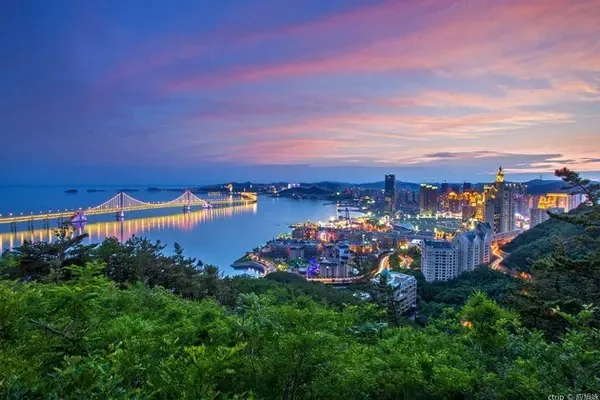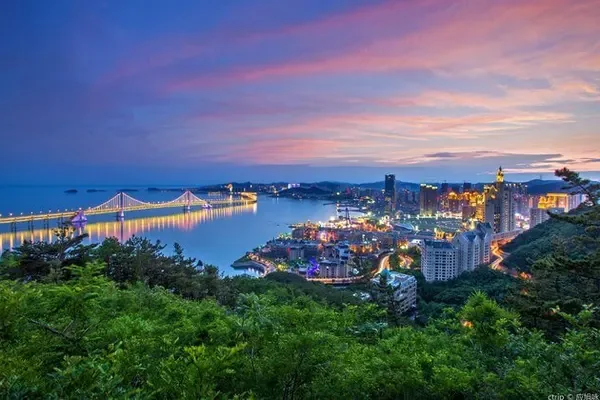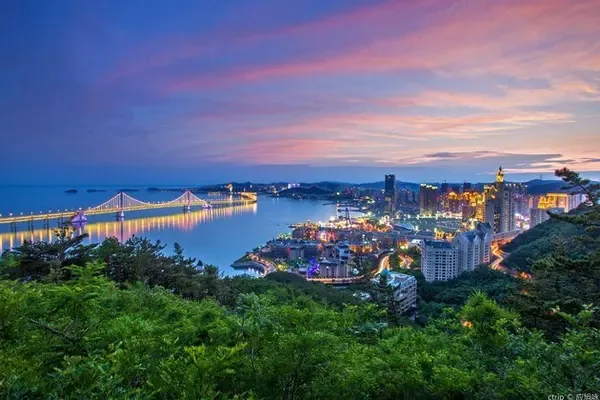Most people only know that "Ningxia" is very small, but only those who have been to Ningxia know that there is actually a wider world here. Ningxia lies on the Loess Plateau with the Liupan Mountain as a barrier in the southwest, and the Ningxia Plain with the Helan Mountain in the north. The mother river is between the two mountains. The Zhongning Plain enters the Yinchuan Plain through the Qingtong Gorge, and flows through Ningxia for 397 kilometers, nourishing thousands of miles of fertile fields. The ancient and mysterious Yellow River culture, the strange and magnificent natural landscape, the rich and simple hometown customs, like songs, poems and pictures, bring people unique feelings!




On this mysterious land, Helan stands still, with mountains rising one after another, stretching out a unique grand perspective. The big river runs and lives endlessly, and the lakes surround it to create a different chapter. The Great Wall stretches, and the lonely smoke in the desert is just an ordinary scene. The uncanny workmanship of nature has created mountains, plains, rivers, oases, lakes, and deserts, which are silent and vast, magical and rich, and all the good things come across unexpectedly in this magical land...




Mingcui Lake: sparkling water, water birds playing, nearby reeds swaying with the wind, and distant water and sky blending together. Slowly swim in it, feel it quietly, and indulge in this colorful late autumn poetic picture. Mingcui Lake National Wetland Park has 3,800 mu of wetland, integrating the Loess Plateau, the Yellow River, lakes, reeds, wetlands and other landscapes. It is the "front courtyard" of Yinchuan City and enjoys the reputation of "one of the six most beautiful wetland parks in China" and "the best wetland for ecological protection in China".




Shapotou: Shapotou is located in the western suburbs of Zhongwei City. It is adjacent to Xiangshan, the remaining range of Qilian Mountains in the south, and Tengger, the fourth largest desert in China, in the north. The Yellow River, the "mother river" of the Chinese nation, runs through it. The water is divided from the middle, the yang of the river is the desert, and the yin of the river is the mountains", a natural "Tai Chi picture". Take a rafting trip on a sheepskin raft, the oldest means of transport on the Yellow River, and feel the waves of the Yellow River stirred up by a speedboat; ride a camel to roam the sandy sea, listen to the distant camel bells, and experience passion and speed by surfing the sandy sea with an off-road vehicle...




Huanghe Suji: The adobe houses are designed according to the appearance of the local ancient villages. The tough and simple lines on the outside give the whole village a simple and primitive atmosphere. The interiors of the homestays with different decoration styles reveal nature and fashion. , swimming pool, red wine, coffee... like the Chinese version of Morocco, strolling in the village seems to have traveled to an ancient and quiet era!




Shuidonggou: The living habitat of prehistoric humans in the Paleolithic Age 30,000 years ago. There is a cave-style building commonly known as "Diwozi". The Great Wall of the Ming Dynasty winding eastward, the piers with towering towers, and the simple and mysterious Ming Dynasty relics, the Cangbing Cave, are like a maze, easy to enter and difficult to exit. Standing on the viewing platform, the ravines are vertical and horizontal, and the unique soil and forest landscape seems to be at your feet. Thinking back to the heroic scene of "soldiers holding spears and galloping fortresses, generals chasing Hu soldiers with swords", it will last from 30,000 to 500 years. Years of time travel!




Tombs of the Xixia Kings: The tombs of the Xixia Dynasty are all backed by Helan Mountain and facing the Yinchuan Plain. They are the largest existing Xixia cultural relics. There are 9 imperial mausoleums in existence, with a strict layout, in the shape of a Big Dipper, and it is also known as the "Oriental Pyramid". The tall and majestic cemetery buildings, the rolling Helan Mountains, touch the pulse of Xixia history, and experience the mysterious dynasty through time and space. After the demise of the dynasty, the cities and history of Xixia mysteriously disappeared in the Gobi, becoming a mystery of the ages. Those mausoleums that stood in the wilderness without grass growing, birds falling, and falling down in a thousand years, in November It looks even colder in the autumn wind!




Ningxia Museum: A museum is a cultural city, a solidified body with highly concentrated history and culture. The square building of the Ningxia Museum is in the shape of "Hui", which corresponds to the "Hui" character of the Hui Autonomous Region. The 32 decorative blocks around the facade are carved with "Miaojian Bird" unearthed in Ningxia, which is the treasure of the town hall. The two cultures of the Central Plains and foreign regions, such as the "Gold-gilt Bronze Bull", "Hu Xuanwu Stone Carved Tomb Gate", and Helan Mountain Rock Paintings discovered in the Xixia King's Mausoleum, have influenced each other and merged with each other to form a place full of history.




Helan Mountain Rock Paintings: "Time is speechless, but stones can speak." Great art always comes from the most primitive and simple human symbols. There are tens of thousands of ancient rock paintings at the eastern foot of Helan Mountain. These rock paintings were carved in the prehistoric Stone Age before the appearance of human writing three thousand to ten thousand years ago. The contents involve human faces, animals, plants, handprints, symbols, etc. It is "Historical Books on Stone", "Prehistoric Human Art Gallery", and "Traceability of Chinese Culture". The surrounding area of the scenic area is majestic and spectacular, with overlapping peaks and steep valleys.




Zhenbeibao Film and Television City:
The Northwest Film and Television City in the crisp autumn
You can easily catch surprises wherever you walk
A scene, a movie, a memory
A series of classic and heart-wrenching film and television monologues
Pull us into those real film and television dramas
Taste slowly and cannot extricate myself
Old objects that can be seen everywhere in the streets and alleys
Witness the ups and downs of change here
It also brings you a long-lost touch




Yellow River Building: The overall style is imitating the ancient buildings of the Ming and Qing Dynasties. Take the elevator to the viewing platform on the top floor. In the distance, the vast Yellow River and the plain intersect. The Yellow River highway bridge runs from north to south. There are artificial lakes and small bridges of different shapes in the scenic area Scattered and orderly, facing Wuzhong City across the river to the east...




Yellow River Grand Canyon: Take a cruise along the Yellow River upstream. The Helan and Niushou mountains complement each other. The surging Yellow River is a natural barrier. Water, the unique landscape can be so beautiful!




Qingtongxia 108 pagodas: the kind mother river Buddha Pagoda Forest, is one of the largest existing Lama Pagodas in China. It is located on the bank of the Yellow River, sitting on the west and facing east. A large group of pagodas with triangular sides. Silk scripts and Buddha statues inscribed in Xixia script were unearthed under the pagoda base. Famous for its unique architectural pattern, mysterious Xixia history and profound Buddhist culture, it stands among all the pagodas in the world.




Ningxia Zhihui Yuanshi Winery: "Origin from rocks, wine comes out naturally", the winery is located in the core area of "Wine Origin Area at the Eastern Foot of Helan Mountain". The well-proportioned, simple and elegant winery buildings make the combination of Chinese gardens and grape wines ingeniously. Sand pits, stones, wines, vineyards stacked with green clouds, unique gardens in the northwest, and the majestic and simple Helan Mountains create a rich Helan Mountain. A Chinese garden-style winery with regional characteristics and ornamental value!




China Goji Berry Pavilion: The world goji berry is located in Ningxia, and the number of goji berries in Ningxia is in Zhongning. Ningxia has cultivated wolfberry for more than 600 years. The specific ecological and geographical environment and superior water, soil, light and heat conditions have bred Zhongning wolfberry, which is popular all over the world. feature.




Ningxia
A mysterious, beautiful, peaceful and inclusive land
There are both vast and desolate primitive features
There are also beautiful natural scenery
A long history blending diverse cultures
Formed the unique spiritual and cultural temperament of Ningxia
Here, known as the miniature bonsai of Chinese tourism
Here, looking forward to your arrival...










